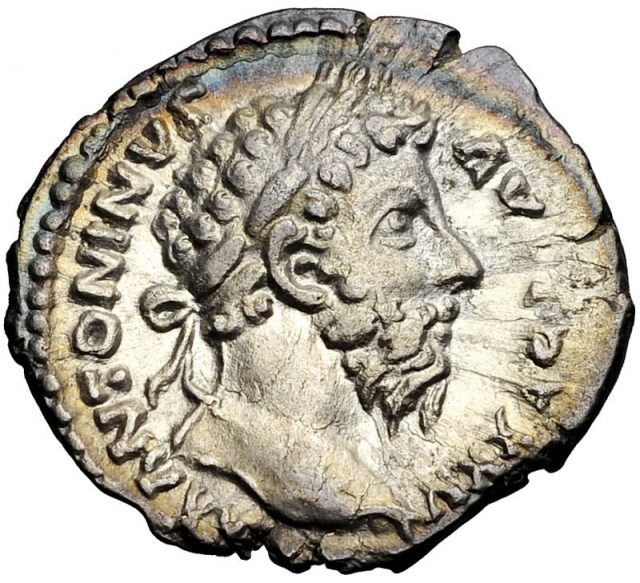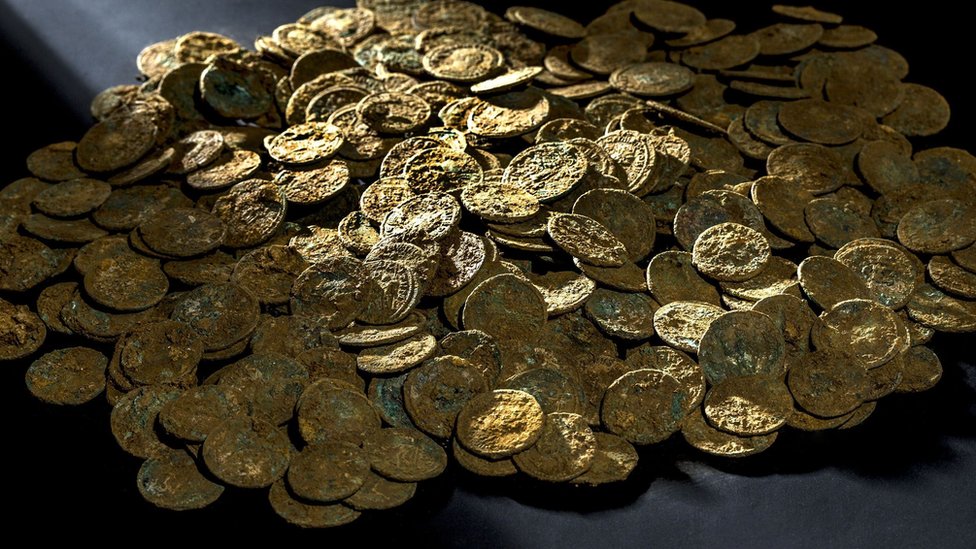Roman Money
Posted By admin On 12/04/22
Bronze Roman Money



Aureus, basic gold monetary unit of ancient Rome and the Roman world. It was first named nummus aureus (“gold money”), or denarius aureus, and was equal to 25 silver denarii; a denarius equaled 10 bronze asses. (In 89 bc, the sestertius, equal to one-quarter of a denarius, replaced the bronze ass as a unit of account.). Roman people didn’t usually have jobs that paid money by the year or by the hour, like we do. But the Romans considered people who worked for money to be not much different from slaves, anyway. Slavery in ancient Rome, again. Roman Coins View All Roman Coins This section includes all coins classified as Roman Republican, Roman Imperiatorial, Roman Imperial and Roman Provincial coins, from anonymous coinage from the 4th century BC, all through the end of the Roman Empire. Find the Roman coin you're looking for from trusted sellers.
| Welcome to the NEW version of the Virtual Catalog of Roman Coins, a Web site devoted to helping students and teachers learn more about ancient Roman coins. These pages contain images and descriptions of coins from the Early Republic through the end of the 4th century A.D. and the formal division of the Roman Empire into east and west. The Catalog provides only a sample of the thousands of Roman coin types, but it is constantly growing so please check back from time to time to view the new material. The site is arranged to provide easy access to coins from a particular period or to let users browse the coins however they choose. Users may also search for a particular feature on the coins, a goddess or god, an emblem, or part of an inscription. Use the Main Catalog and Search links on the left. The VCRC is an innovative project based on the collaboration of private coin collectors and dealers and a college professor who wants to create a useful resource for his students, other teachers and their students, and the general public. The images and initial descriptions are provided by collectors and professional numismatists, allowing us to present a more extensive database of coins that would otherwise be possible. Photo and coin quality depend on what is provided; descriptions are edited to achieve a degree of consistency. Coins are usually the main Roman issues with Latin legends, but a few provincial coins are included at this time. The coin types represented depend on the material available. All photographs in the catalog are attributed to the persons who granted permission to use them. We are grateful for their willingness to share their materials with those who wish to learn about Roman coins. We also invite others to participate with us in this project. All contributors are listed on the Thanks and Credits page. The entries and web materials are edited by Robert W. Cape, Jr., Associate Professor of Classics, Austin College. Special thanks go to Julie Bergfeld and Molly Simpson who were crucial to the transformation of the project from static pages to dynamic database. Thanks are also due to the Cullen Fund for Teaching, which has supported the project. |
Roman Money Name
- GR 24 Ancient Coins Roman Greek Comes with Cleaning Instructions Gift Bag AG-G. 4.0 out of 5 stars 29. Get it as soon as Tue, Feb 9.
- The end result are the ancient Roman coins we see today. History of Roman Coinage. Ancient Roman Coins are thick with history. First produced during the Roman Republic, the coinage expanded and grew during the course of the civilization. Despite the impressive precious metal content of early issues, coinage was steadily debased Emperor after.

Roman Moneyers
times. FastCounter by LinkExchange |